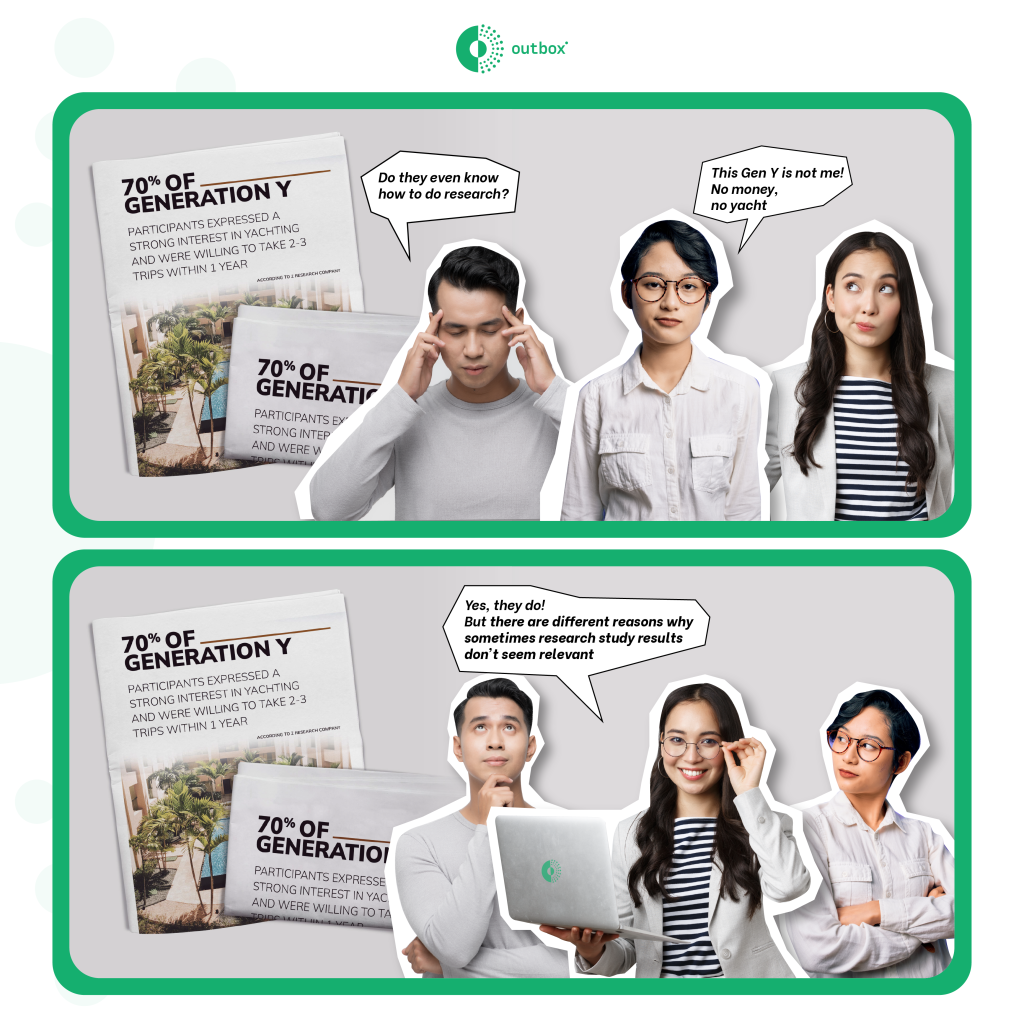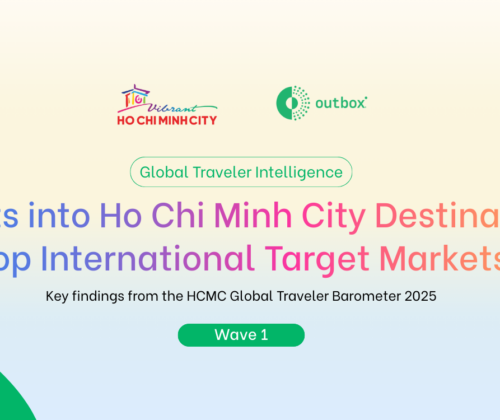The importance of market research in today’s constantly fluctuating society and economy cannot be overstated, particularly as travelers’ behavior continues to evolve. Research results can provide valuable insights into customers by interpreting their behavior, which is crucial for building relationships and connecting with them, rather than just making transactions. By understanding the travelers (end-user), businesses can identify and bridge the critical gap between consumer wants and expectations and what they perceive a brand is offering, thereby creating a competitive advantage and increasing sales.  However, when presented with research results from a market research company or a newsletter, businesses may feel that the results do not accurately reflect their own audience. So where could the problem lie?
However, when presented with research results from a market research company or a newsletter, businesses may feel that the results do not accurately reflect their own audience. So where could the problem lie?
The research may not have been well-designed. There may have been errors in the development of the research framework or design, such as a lack of consideration for influencing factors or limitations such as a small sample size or lack of control group. This can make it difficult to draw reliable conclusions from the research.
The research may have been poorly reported. The results of the study may have been presented in a confusing manner or failed to highlight the most important findings.

The study sample may not be representative. This means that the survey results may not be generalizable to a larger population or a specific customer group. For example, according to a survey conducted by a luxury cruise company, 70% of millennial participants expressed a strong preference for yachting and were willing to take 2-3 trips within a year. While this data is accurate for tourists who have had at least one experience with this company, it may not be representative of the entire Generation Y population. This is because the survey only includes a small number of high-income Generation Y individuals and may not accurately represent the entire region’s Generation Y clientele.
Furthermore, the accuracy of survey results should be considered in light of multiple factors, not just one aspect. For instance, a 3-day 5-star cruise in Bali may differ significantly from a 5-day cruise in Ha Long, Vietnam.
When executing enterprise discover an interesting insight, they are often eager to share it in order for businesses to quickly capture and access their desired visitor profile. However, destinations and businesses need to carefully consider many aspects in order to assess whether the research results truly reflect accurate behavior and provide insight into the visitor profile that their business or destination is targeting.



